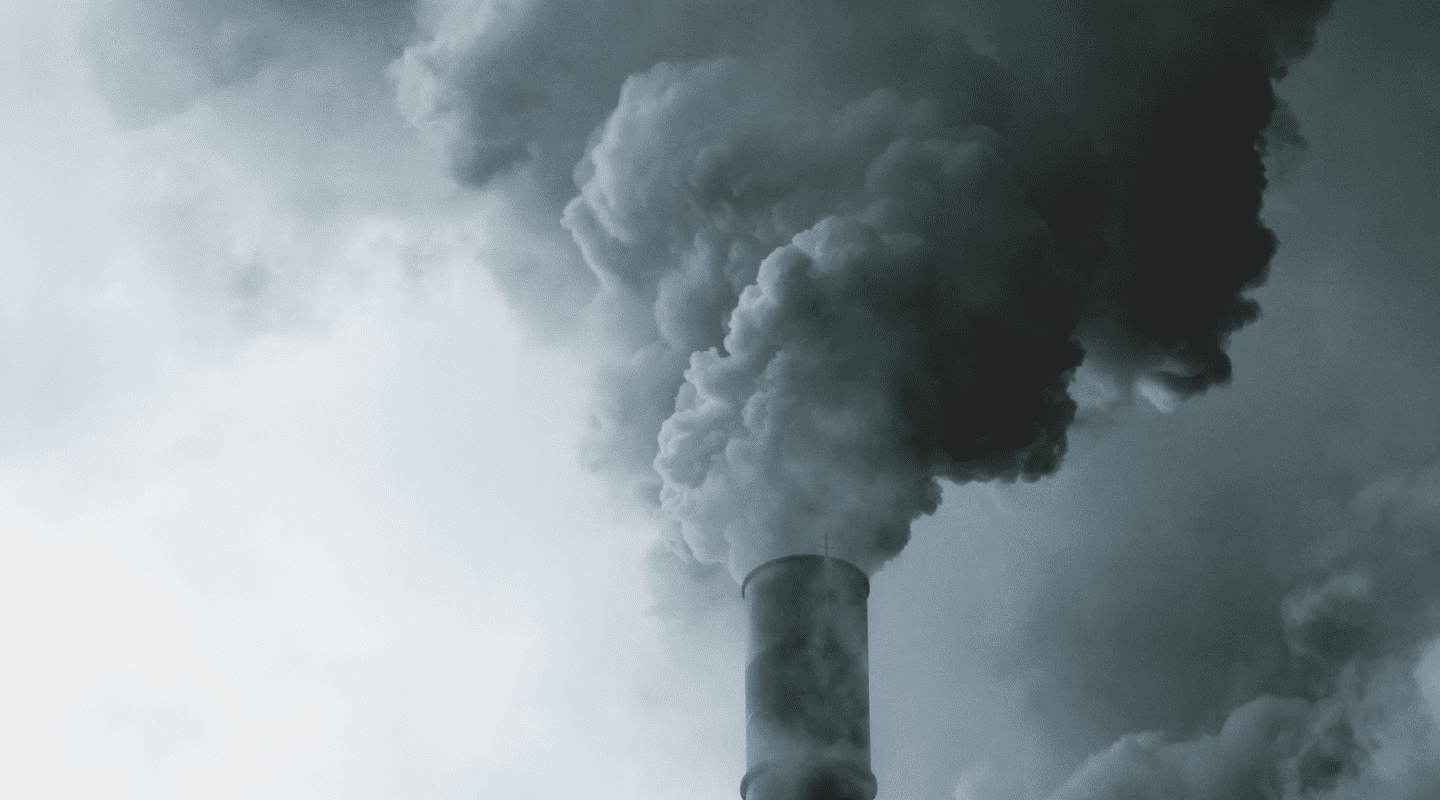

Gas purification is the process of removing harmful contaminants from gases that are emitted into the environment. This is important because these pollutants can not only harm human health and the environment but also put a burden on a business's operativity and production processes.
For businesses that emit polluting gases, gas purification can bring several benefits.
Overall, gas purification is a wise investment for businesses that want to operate responsibly, protect the environment, and avoid unnecessary costs linked to polluting emissions.